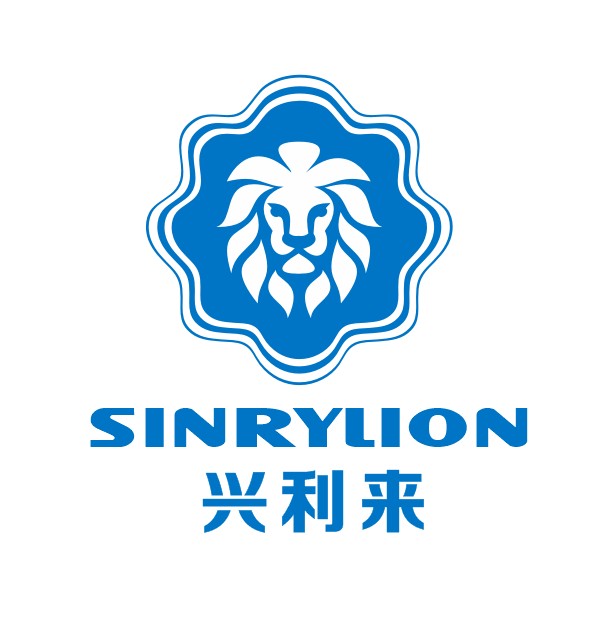Categories and Difference of Polyester Yarn
2024-04-24
Sinrylion China top polyester twisted yarn factory, produces high-quality nylon twisted yarn, polyester twisted yarn, recycled polyester yarn, and fancy yarn. It is a 100% OEM&ODM recycled polyester yarn manufacturer.
Yarn categories of polyester yarn
Differences in raw materials used: cotton silk, cotton fiber silk, cotton blended yarn, model blended yarn, etc.
There are different spinning methods: ring spinning, air-jet spinning, electrostatic spinning, etc.
There are different spinning processes: cotton yarn carding, carding yarn, peach silk yarn, etc.
The difference in kink direction: smooth kink (S kink) 4. backhand kink (saz kink).
The products have different uses: knitting yarn, knitting yarn, raising yarn, rope yarn, fishing net yarn, curtain yarn, etc.
Classification according to slash structure
High elastic yarn: High elastic yarn or high elastic deformed yarn has high elasticity and average expansion. Mainly used for spandex fabrics, mainly polyester high carbon yarn.
Low stretch yarn: Low stretch yarn or deformed stretch yarn has appropriate stretchability and expansion. Mostly used in knitted fabrics, mostly polyester low stretch yarn.
Expanded yarn has low stretchability and high expansion. It is mainly used as fabrics with good expandability such as wool, underwear, and coats. Typical representatives include acrylic expanded yarn and cashmere.
Classified by yarn performance and number of branches
Number of branches of chemical fiber: The thickness of chemical fiber, expressed by the metric index "S". Large branches indicate thin chemical fibers; small branches indicate thick chemical fibers.
What is the difference between nylon and polyester yarn?
Polyester is a synthetic fiber and the raw material of chemical fiber fabrics. It is not a fabric in itself. Polyester is the previous name. Its scientific name is polyester. Polyethylene terephthalate is the trade name of polyester fiber. Nylon is nylon, it is called Nylon, polyester amine fiber. The advantages are high strength, high abrasion, high pitting resistance and good deformation resistance. The disadvantage is that it feels hard.
Sensory distinction
The fabric with a brighter gloss and smoother feel is nylon; the fabric with a darker appearance than nylon and a rougher feel is polyester.
Combustion
When polyester burns, it emits strong black smoke, while nylon emits white smoke. In addition, looking at the residue after burning, polyester will break into pieces and nylon will become molded.
Scrape with fingernail
In addition, you can use your nails to scrape. After scraping, the ones with obvious traces are polyester, and the ones with inconspicuous traces are nylon.
Nylon generally has better elasticity and can be dyed at a temperature of 100 degrees. It can be dyed with neutral or acid dyes. The temperature resistance is worse than polyester, but the strength is better than nylon. It resists pilling and turns white when burned with smoke.
When polyester burns, a puff of black smoke and black ash will float up. The dyeing temperature is 130 degrees (high temperature and high pressure), and the hot melt method is generally baked below 200 degrees. The main feature of polyester is good stability. Generally, adding a small amount of polyester to clothes can help resist wrinkles. The disadvantage is that it is prone to static electricity and pilling. Today's polyester has been improved and its shortcomings have been improved.
 English
English 한국어
한국어 বাংলা ভাষার
বাংলা ভাষার हिन्दी
हिन्दी Türkçe
Türkçe русский
русский




